Introduction to Instrumentation
This course was developed and based on my experiences (more than 12 years ) in Instrumentation .
4.32 (413 reviews)
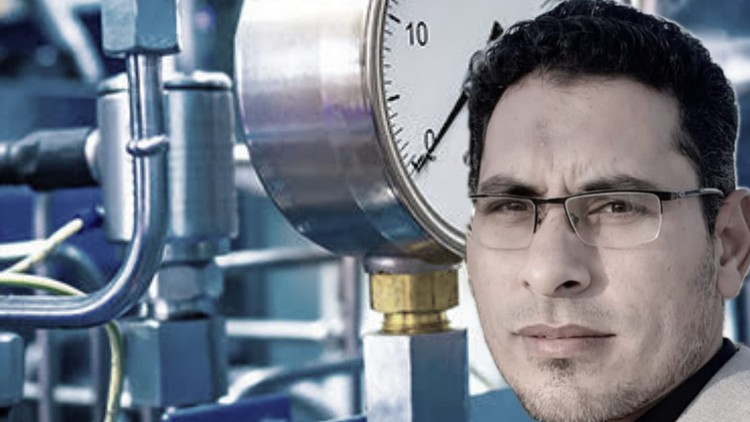
5,314
students
6.5 hours
content
Oct 2024
last update
$49.99
regular price
What you will learn
This course is the complete guide to understanding Instrumentation and the applications of each instrument.
Understanding the main terms of automation control system.
Learn how to select your instrument? How to calibrate it practically in laboratory?
Identify what is Instrument? why we use it? How it works?
Learn how to calibrate pressure gauge and pressure switch "laboratory practical application".
how to used Hart communicator and how to connect it with transmitter and the power source in Calibration process on the Lab "laboratory practical application".
Learn how to calibrate pressure transmitter with Hart communicator "laboratory practical application".
Learn how to calibrate pressure transmitter with no Hart communicator "laboratory practical application".
Troubleshooting of pressure instruments and How to deal with.
Identify the temperature sensors types, principle of operation, applications.
Differentiate between RTD and THERMOCOUPLES
Learn how to calibrate Tc type E in Lab "laboratory practical application" using CALIBRATOR furnace (FLUKE 9144) and Process Calibrator (Fluke741B)
Learn how temperature instruments measure temperature "laboratory practical application".
Level switches (Float, Capacitance, Optical, Conductivity, Tuning fork and Magnetic).
Level Transmitters (Ultrasonic, Radar, Displacer, Delta P)
Identify the flowmeters types(Obstructive AND NOT Obstructive)their principle of operation, applications, advantages and limitations
Obstructive (Oval gear-Turbine-Vortex-Rotameter-Delta P)
Non obstructive(Magnetic-ultrasonic-Coriolis)
Learn how to read P&ID (Piping and Instrumentation Diagram)
Learn how to design P&ID (Piping and Instrumentation Diagram) for your application.
Screenshots
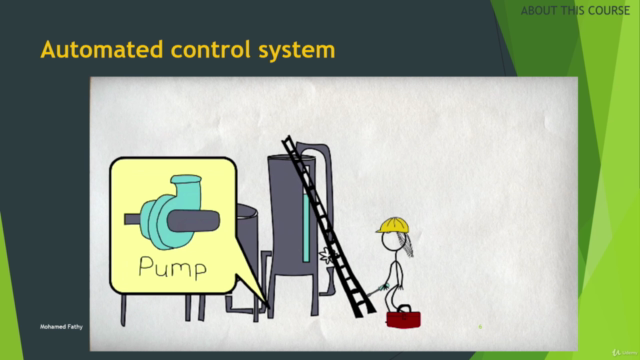
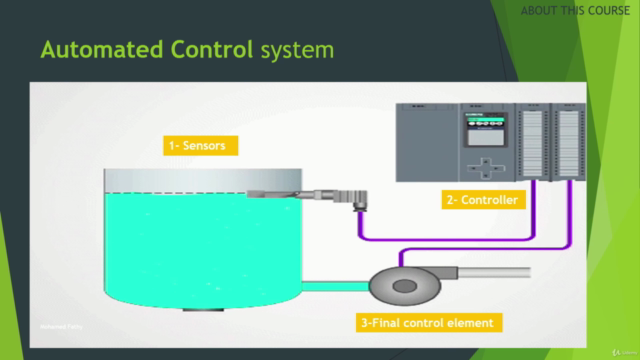
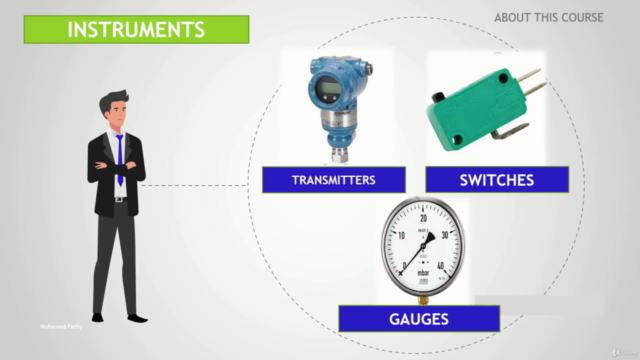
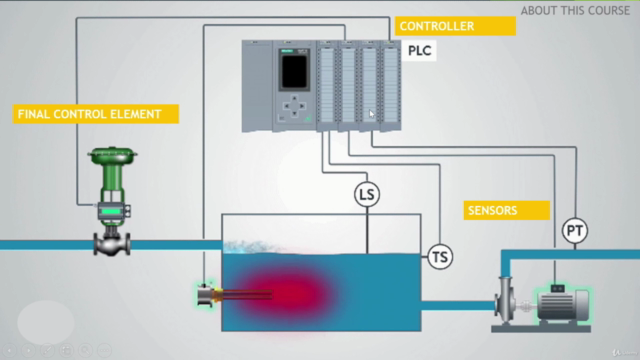
Related Topics
3981312
udemy ID
4/14/2021
course created date
9/16/2021
course indexed date
Bot
course submited by